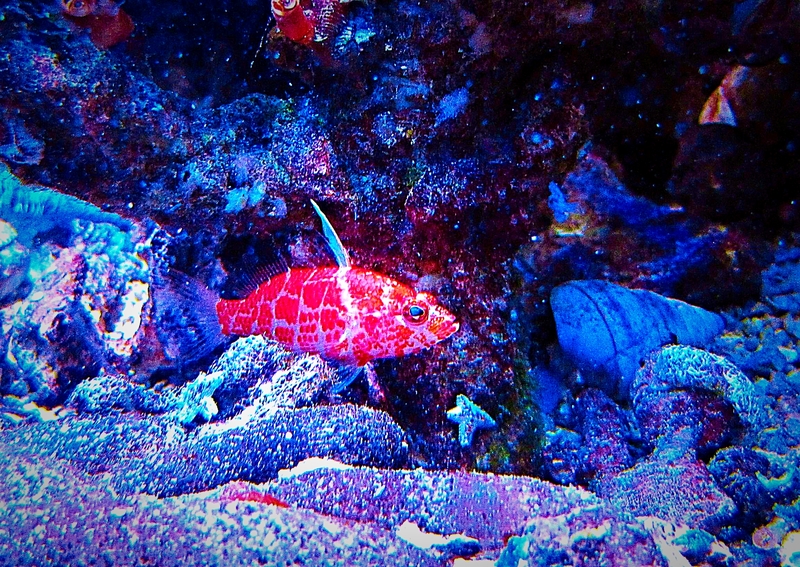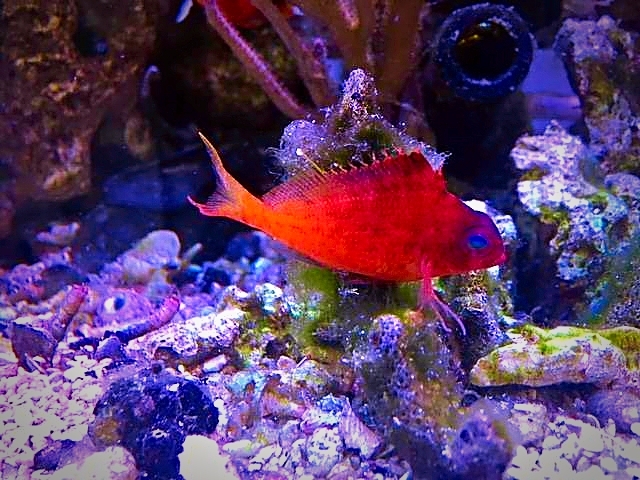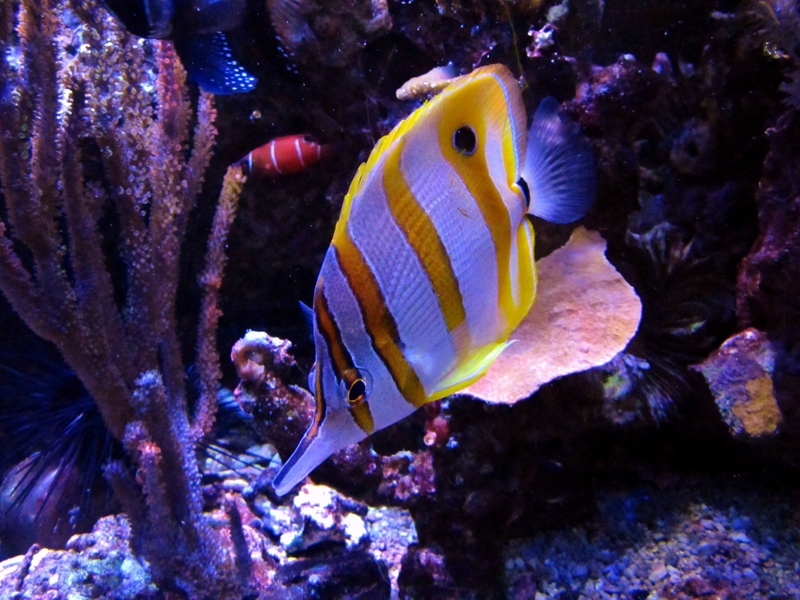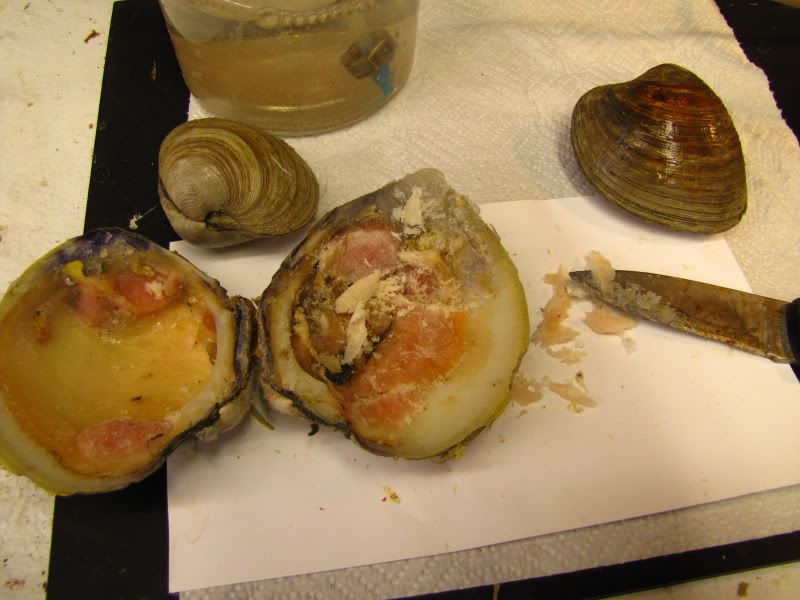I responded here:

 www.reef2reef.com
www.reef2reef.com
Post #36
I have thought a lot about the background of a person who is an employee in a public aquarium. I put myself in their shoes best I could, and I have discovered something very important. Perhaps this is why we see the people that have actual jobs in the industry say what they say.
Ok, here it is. If you are the head of the department at a public aquarium you are tasked with being an expert in your field. What this means is that you CAN NOT fail. This is true of any higher end job. You are paid for your expertise. When I was a software developer, my bosses didn't want to hear that what I was doing was difficult and would take a long time to work out with bumps along the way they wanted to hear, yes I can get that done right away. So I worked and worked sometimes I worked 48+ hours straight, and most of what I did was work out the kinks of doing something new. If you are the disease expert and you are paid a salary how on earth will you tell your boss, no worries the fish will be fine it will just take time for the ick, or whatever to work through. What is even worse is if those fish die and then maybe a few more or worse the entire stock of $20k worth of fish. Not only will you be without a job you will never work in that field again. You are finished. The reason is because you have gone against the orthodoxy. This is why corporations have separate R&D departments if they have anything at all. Let's examine how the same situation plays out if the head of the fish department goes WITH the orthodoxy. The collection dies worst case and our department head goes to his boss and says we have done everything we could. We followed best industry practice and sometimes things happen. The boss shrugs his shoulders and either fires or keeps our head. Either way his reputation is intact and he gets to work again. I think this is a VERY powerful motivating force. Politics in companies is real whether we want to see it or not. If you work in a company you can not deny this impacts your choice of problem solving. That is why so many people in so many fields say that going "professional" ended the joy of what they were doing before essentially as a hobby.
As an aside, one of the real challenges of business is to keep the small feel, while dealing with the political and monetary realities. Where I am going to get my next meal, or more likely my kid's next meal becomes paramount. There is no room for experimentation or adventure. There is put the food on the table and have a happy family.
Another thing that I discovered when I ran my thought experiment, is that employees get tools. We all dream of this. The fancy equipment etc ... A $350 DO meter becomes pretty inconsequential when you have $20k worth of livestock on the line. You get all of the fancy stuff. Also you work in a commercial building. Commercial buildings have commercial codes and air quality is one of those things that we check. If a building has 1200ppm of CO2 that is going to be a huge problem and there will be fines and lawsuits if it isn't corrected. There are other practicalities about large public aquariums that we might not think about that our head of the department has to consider. Think about how a water change that you do on your 50 gallon breeder as an emergency situation will play out when it is 50,000 gallons. LOL I have been to Moody Gardens in Galveston. I have seen behind the scenes. It is crazy. Again the realities are different.
I think that there is good knowledge to be transferred from our experts in these fields, but it must be qualified on both sides and proper context must be added. Then the ideas might be adapted to each side's expectations, but to take those ideas carte blanche, is a recipe for some hard lessons.
I just wanted to add that.

Quarantine poll
Most of us believe that quarantining your fish is the best approach to avoid diseases wiping out our entire tank. I think most will agree on that. But ... does it also safe more fish lives overall?
 www.reef2reef.com
www.reef2reef.com
Post #36
I have thought a lot about the background of a person who is an employee in a public aquarium. I put myself in their shoes best I could, and I have discovered something very important. Perhaps this is why we see the people that have actual jobs in the industry say what they say.
Ok, here it is. If you are the head of the department at a public aquarium you are tasked with being an expert in your field. What this means is that you CAN NOT fail. This is true of any higher end job. You are paid for your expertise. When I was a software developer, my bosses didn't want to hear that what I was doing was difficult and would take a long time to work out with bumps along the way they wanted to hear, yes I can get that done right away. So I worked and worked sometimes I worked 48+ hours straight, and most of what I did was work out the kinks of doing something new. If you are the disease expert and you are paid a salary how on earth will you tell your boss, no worries the fish will be fine it will just take time for the ick, or whatever to work through. What is even worse is if those fish die and then maybe a few more or worse the entire stock of $20k worth of fish. Not only will you be without a job you will never work in that field again. You are finished. The reason is because you have gone against the orthodoxy. This is why corporations have separate R&D departments if they have anything at all. Let's examine how the same situation plays out if the head of the fish department goes WITH the orthodoxy. The collection dies worst case and our department head goes to his boss and says we have done everything we could. We followed best industry practice and sometimes things happen. The boss shrugs his shoulders and either fires or keeps our head. Either way his reputation is intact and he gets to work again. I think this is a VERY powerful motivating force. Politics in companies is real whether we want to see it or not. If you work in a company you can not deny this impacts your choice of problem solving. That is why so many people in so many fields say that going "professional" ended the joy of what they were doing before essentially as a hobby.
As an aside, one of the real challenges of business is to keep the small feel, while dealing with the political and monetary realities. Where I am going to get my next meal, or more likely my kid's next meal becomes paramount. There is no room for experimentation or adventure. There is put the food on the table and have a happy family.
Another thing that I discovered when I ran my thought experiment, is that employees get tools. We all dream of this. The fancy equipment etc ... A $350 DO meter becomes pretty inconsequential when you have $20k worth of livestock on the line. You get all of the fancy stuff. Also you work in a commercial building. Commercial buildings have commercial codes and air quality is one of those things that we check. If a building has 1200ppm of CO2 that is going to be a huge problem and there will be fines and lawsuits if it isn't corrected. There are other practicalities about large public aquariums that we might not think about that our head of the department has to consider. Think about how a water change that you do on your 50 gallon breeder as an emergency situation will play out when it is 50,000 gallons. LOL I have been to Moody Gardens in Galveston. I have seen behind the scenes. It is crazy. Again the realities are different.
I think that there is good knowledge to be transferred from our experts in these fields, but it must be qualified on both sides and proper context must be added. Then the ideas might be adapted to each side's expectations, but to take those ideas carte blanche, is a recipe for some hard lessons.
I just wanted to add that.





















